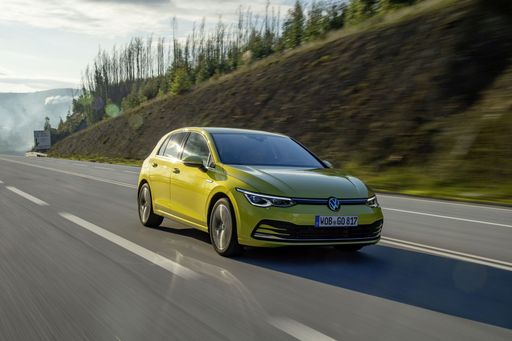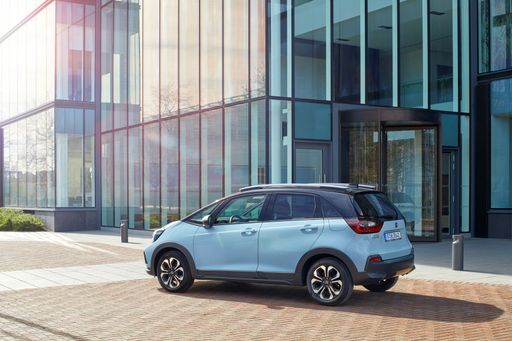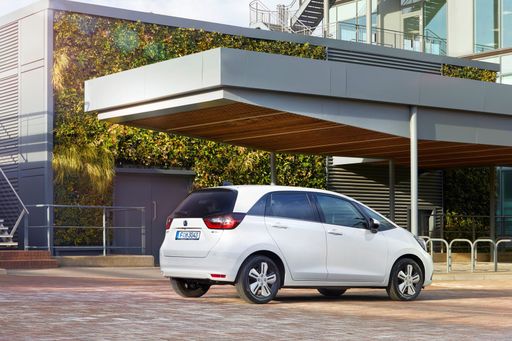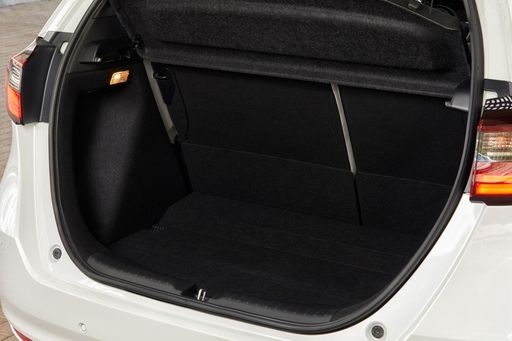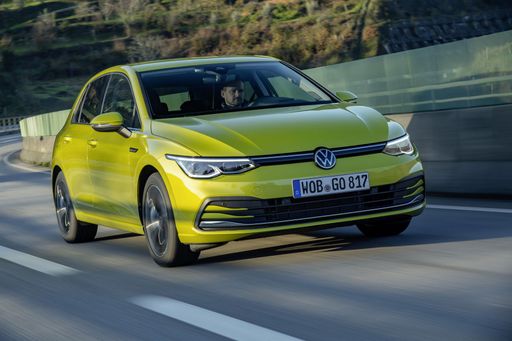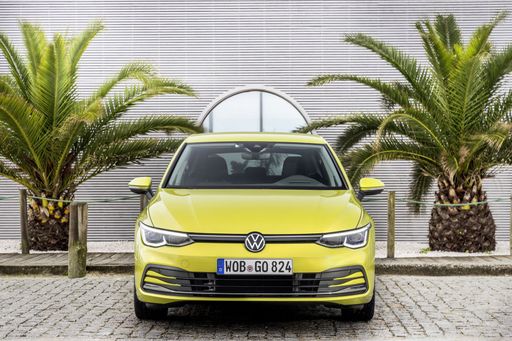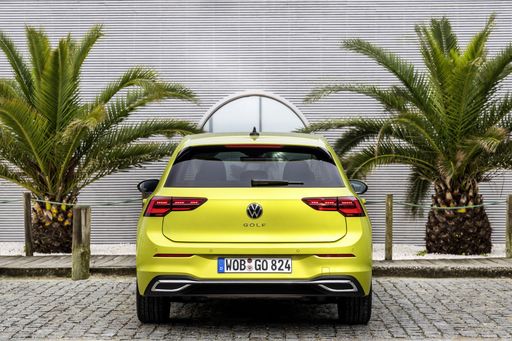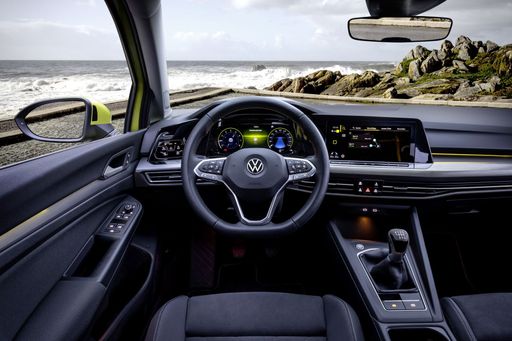Space and Everyday Use:
Beyond pure performance, interior space and usability matter most in daily life. This is where you see which car is more practical and versatile.
Both vehicles offer seating for 5 people.
In curb weight, Honda Jazz is barely noticeable lighter – 1302 kg compared to 1307 kg. The difference is around 5 kg.
In terms of boot space, the VW Golf offers noticeable more room – 381 L compared to 304 L. That’s a difference of about 77 L.
In maximum load capacity, the VW Golf performs barely noticeable better – up to 1237 L, which is about 32 L more than the Honda Jazz.
When it comes to payload, VW Golf distinct takes the win – 508 kg compared to 388 kg. That’s a difference of about 120 kg.

